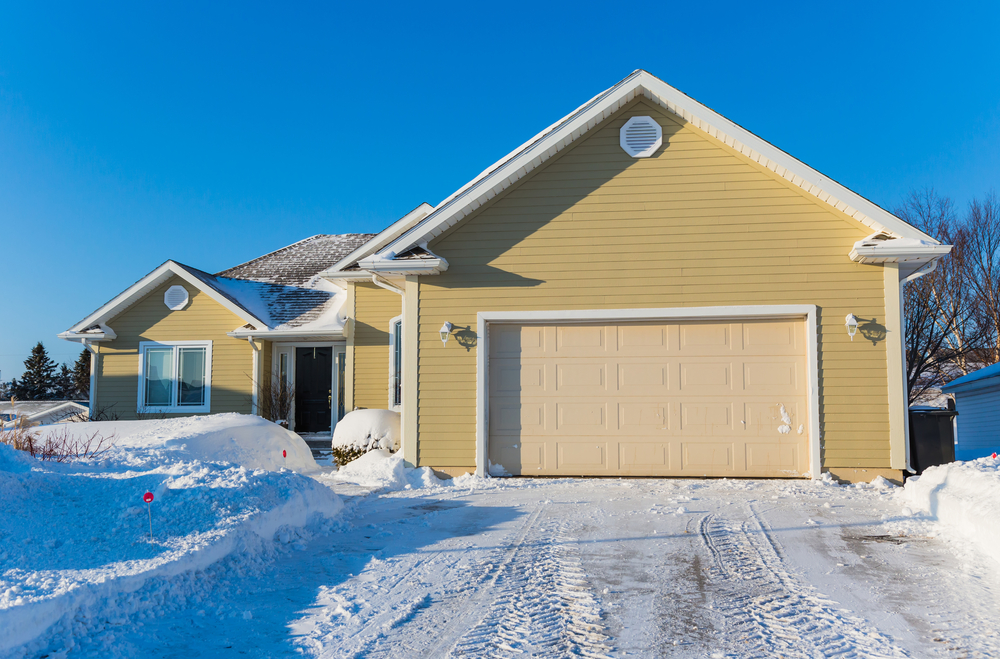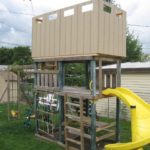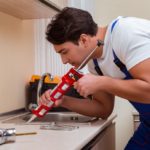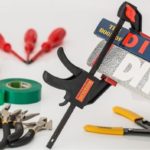Winter can have its charms. But in the lowest temperatures and the harshest of winter days, the cold weather can be a little harmful not only to your car, but to your garage as well. Here we recognize the importance of making our garages winter-proof so the effects of the cold on our cars and tools will be minimized, while also keeping our garage warm enough to work in all year round.
With winter just a few months away, here are some important tips to winter-proof your garage and keep it safe and warm all throughout the chilly season:
1. Keep cold out of your garage.
When there are cracks and holes in your garage door for the cold air to seep through, your heating won’t be of much help. So, the first thing you want to do is check the weather-stripping on your door. Weather-stripping is made to keep the cold air out of the room, so if you see any damage or breakage, it’s time to remove and replace. It’s always best to do this before the days really start getting cold, and you’ll thank yourself later when you don’t get any unwelcome drafts coming into your garage.
While you’re at it, check for broken panes, holes, cracks, and any other opportunity for cold air on your walls and your garage door. Fix these damages as soon as possible with a little bit of sealant. Moreover, before the lowest temperatures come around, make sure to oil your garage doors, tighten them, and make sure they can hold out through winter so you won’t have to do it in the cold.
2. Get a good heater
Your garage and its contents won’t stand a chance in the winter unless you have a heating system ready. Selecting the right heating system is essential, and the right one will depend on the size of your garage. My tip is to always purchase a heater that’s big and powerful enough for your garage, and one that you don’t mind maintaining all throughout the winter.
Gas-fueled heaters are cheaper and more efficient to use than electric ones, but will require a good ventilation system to keep the fumes out of your space. On the other hand, electric heaters can be a little bit expensive with constant use but are also great heating systems without producing any pollution. In any case, choose a top-quality heater that you can maintain and use safely in your garage.
3. Insulate your garage
Of course, a heating system will require insulation of your garage. Otherwise, your heater won’t be very efficient. Insulation will also help your garage fight away the cold on the outside, which pretty much makes it one of the essentials.
Insulating a garage doesn’t have to be difficult nor expensive. You can buy an insulating kit at any hardware store and basically DIY, as long as you read the instructions carefully enough. Make sure your insulation material is thick enough and covers enough space to keep the cold out, while being sufficiently thick to be effective.
4. Remove moisture
Anything wet will eventually freeze up in the cold and can crack. This includes moisture in water hoses, air hoses, tires, tools, and other things present in your garage. Before storing these things away for the winter season, make sure to dry them out before storage and remove any remaining moisture that can freeze up.
5. Consider rearranging
The layout of your garage matters, because heat can be very limited in the coldest days even with a heater on. With this, make sure that your workspace and car are nearest the heater, or are facing walls wherein the heat bounces off from.
Moreover, if there’s any storage or important things that are nearest the garage door, consider moving them to a warmer place and away from the cold spots. Similarly, any unused stuff can be safe in the corners and spaces where you mostly get the drafts.
Additional tips:
1. Install a 3-way light switch or even 4-way switch for bigger garages so you won’t have to endure the cold just to turn off a light
2. Get your shovels and other winter tools ready by your door
3. Remove all things that can freeze over such as paint, sprays, insecticides, etc. and place them in a warmer place
4. If you don’t use the garage very often, turn on your heater from time to time to prevent any car damage
Author Bio:
|
Related Posts

Loves home. I am here to provide how to make your home a much better place. 🙂 Blogging about HomeDecor, Home Improvements and more.











